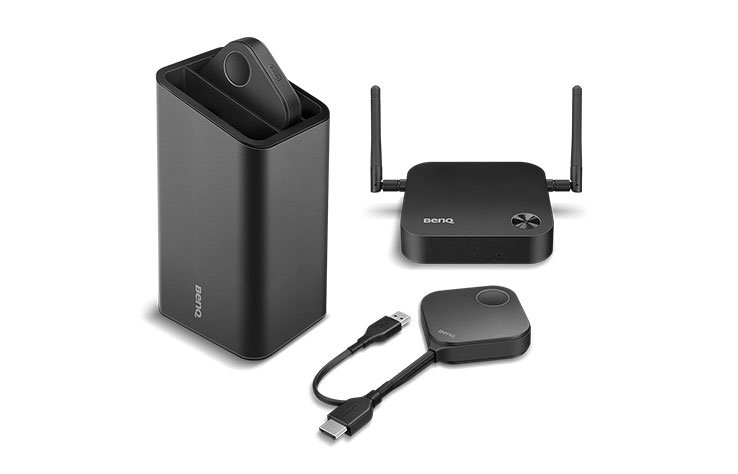Projector
Monitor
Lighting
Digital Display
Job References
This site uses cookies. By continuing to browse the site you are agreeing to our use of cookies, you can also manage preferences.
This site uses cookies. By continuing to browse the site you are agreeing to our use of cookies, you can also manage preferences.
Projector
Monitor
Lighting
Digital Display
Job References
Projector
Monitor
Lighting
Digital Display
Job References
Knowledge Center
Marketing teams are consistently juggling between maintaining budgets, reviewing new products, creating and reviewing video content – and constantly evaluating tools that will give them an edge over their competition..
In today’s collaborative BYOD environments, trying to share your screen with even a small team by passing a VGA or HDMI cable is an awkward and time-consuming hassle. Today, the best marketing teams are leveraging wireless screen mirroring systems to get rid of those bulky cables and share their insights with their team from anywhere in the room.
There are lots of solutions for wireless presentation in the market, but the first thing to realize is that consumer systems such as Chromecast were not designed for collaboration – but for streaming content at home. According to the Commercial Integrator 2019 Collaboration Deep Dive , there are three things that experts look for in a screen mirorring system for a huddle space or meeting room.
The 3 key things to consider when choosing a solutions for wireless presentation are:
In this article we will look at these three topics and guidelines on how to keep your wireless content secure. Because marketing teams typically have access to new product information well before the public, and you want to make sure that all the launch activity doesn’t end up in the wrong hands.
Wireless Presentation System BenQ InstaShow

The best wireless screen mirroring systems can work without any training. While some systems can use proprietary applications to stream your presentation over WiFi, the most popular way is to use a simple HDMI transmitter button that attaches to your device. You just press the button, and your content shows up on the screen. For mobile devices, you can either use a button or stream via mobile app from your phone or tablet. To switch presenters, tap the button you want on the screen, or use a split-screen mode to have up to four different presenters on display at once.
Nearly any wireless streaming system can mirror the screen of popular laptops such as Windows or MacBooks. But what about sharing copy-protected content from your Chromebook, showing off your digital signage from a Scala or BrightSign player, or showcasing your latest advertising raw video straight from the digital camera?
The other key component is video playback. Some wireless streaming systems delay the stream, or can only play a video at 30 fps or less. Look for a wireless presentation system that can run smooth video up to 60 frames per second that can be connected to nearly any BYOD source for your marketing team collaboration space.
Let’s face it – connecting a cable to a device is a lot simpler than logging into a network, downloading an app, and then trying to get it to display on a screen properly – especially on a “locked down” computer. The solution is to look for a system that is simple to install and use, that doesn’t require any special network login or software application running on your device Today, there are wireless presentation systems that are as easy as plugging into your MacBook Pro’s Thunderbolt 3 port, and tapping a button to present in seconds.
One huge drawback of lower-cost wireless screen mirroring systems is that they broadcast content in the open. Imagine giving a presentation on your company’s latest new widget – only to find that a hacker was able to record your slides from the network or the office next door and leaked them to the trade magazine. Look for a system that will ensure that all your sensitive data is encrypted before it is sent to the display – and cannot be seen over the network.
Thanks for your feedback!
